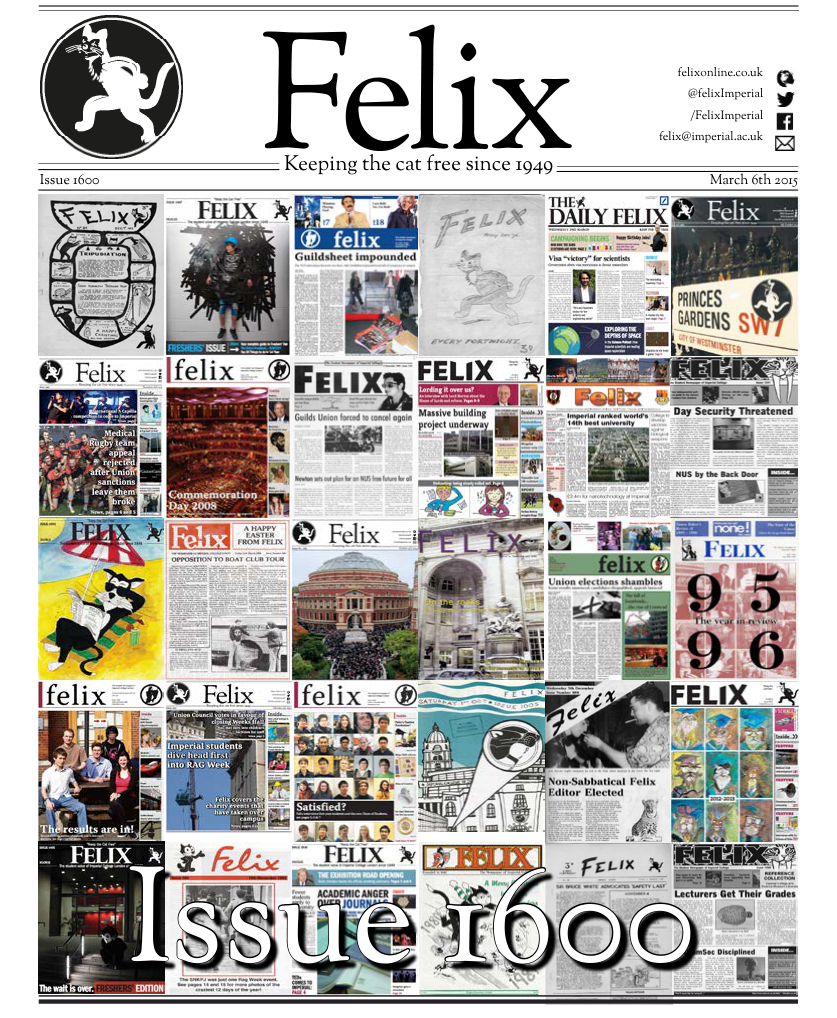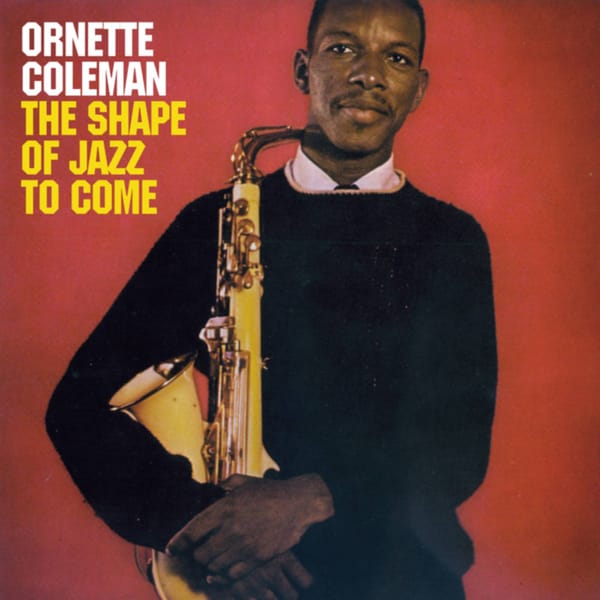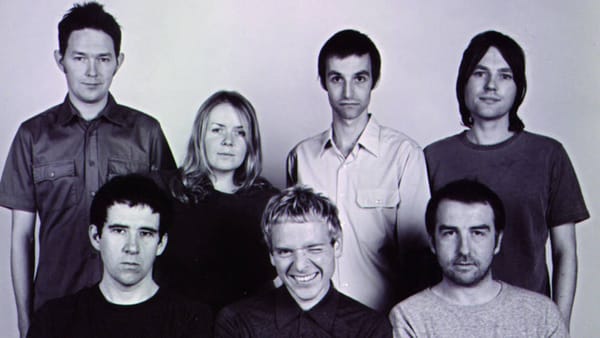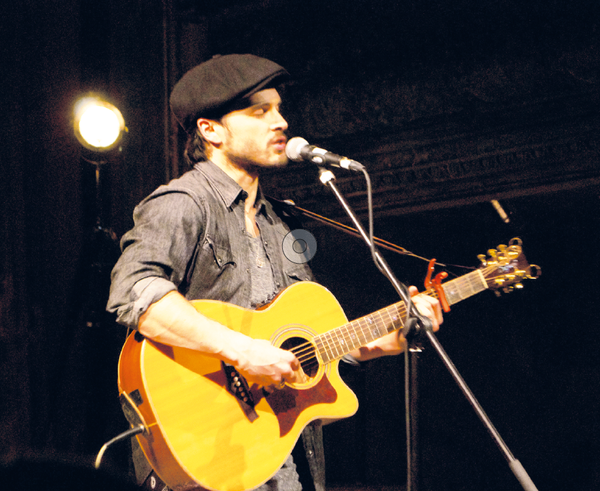Jazz: A Revolutionary Chapter In Music
Kunal Bhanot explores what the term ‘jazz’ really means to us today
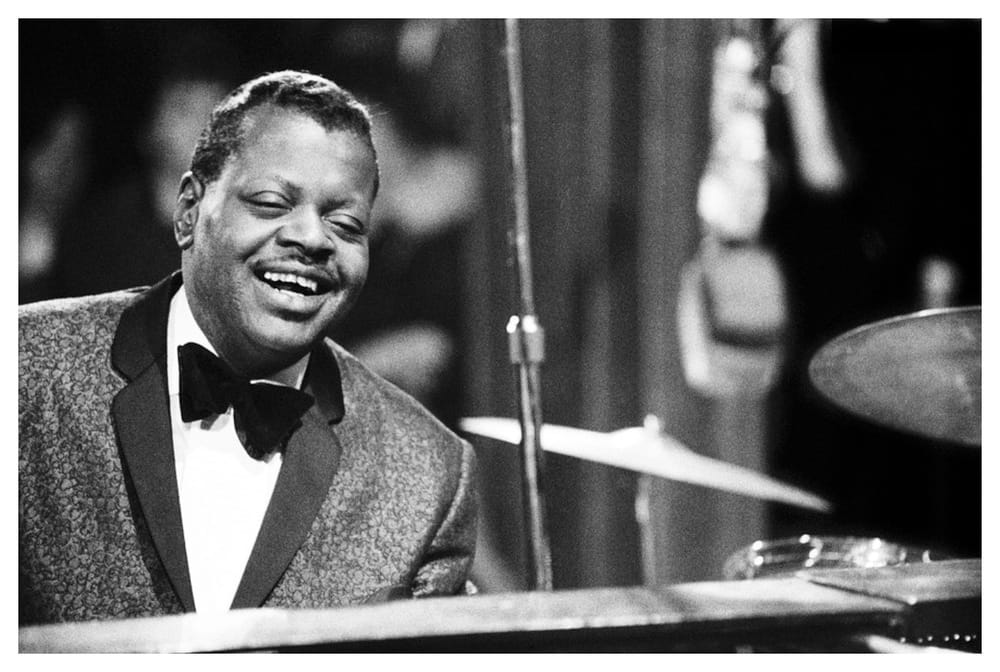
Look up the word ‘jazz’ in the dictionary and you come to find a whole host of definitions ranging from “a type of American music with lively rhythms” to “meaningless or foolish talk” or indeed anything in between. If we stick with the former definition, jazz could be assumed to have its roots in ragtime music, whereas with the latter we are left to question whether jazz should be confined to a sole genre within the realms of music. Some of us, for instance, imply that ‘jazzing’ something up is the process of making it more interesting. Be it in a musical sense or not, jazz fundamentally reflects the art of spontaneity, an art that gained popularity at the beginning of the 20th century.
This is not to say that master improvisers did not exist in the 1800s: quite the opposite in fact. The likes of JS Bach were known to perform encores lasting for hours with no written music in sight. Come forward 100 years from this and you’d still find the likes of Liszt altering Chopin’s themes to his own liking, albeit angering him in the process. Based on our earlier definitions we could therefore argue that jazz has its roots in classical music even though the improvisational art form was hindered by the dominance of compositional music at the time.
What is it then that has led us to believe that jazz was born in the 20th century with ragtime? For me, it lies with the fact that ragtime was a form that allowed musicians to congregate and perform with fewer restrictions that written music may have unintentionally placed on them. It comes as no surprise that musicians who were unversed in reading music formed the foundation of this ‘birth’. Their musical ideas were largely developed through the process of combining western harmonic ideas with traditional African rhythms. A main theme may have been evident, such as that in Joplin’s ‘The Entertainer’, but this could be altered in numerous ways, akin to traditional call-and-response drumming rhythms found in early African music. The regular use of syncopation in ragtime gave a taste of what was to come – greater freedom in expression, be it rhythmically, melodically, or harmonically.
Many classical musicians of today have lost the essence of creativity.
There is a reason, however, that written music had prevailed for so long. After all, the sense of familiarity in a melody or harmonic structure gives music its appeal, one could argue. This is certainly true to some extent; a melody that is memorable gives a piece of music a sense of identity, but repeat an idea for too long and you’ll soon find the listener in a state of boredom. On the other hand, if you’re presented with a particular melody but don’t return to it, you leave finding yourself uninterested, no matter how brilliant the compositional or improvisational techniques used. Jazz has lessened the degree of predictability in music and has given way to innovations in music that leaves the listener wanting more. Where a Beethoven symphony may be satisfying to listen to multiple times, we subconsciously learn that the motifs within the piece will not change whether it is played today or tomorrow.
The only varying factor in the performance is the technical ability of the performer and his or her emotional interpretation of the piece. This is one aspect of classical music that has remained unchanged for many years, and perhaps ‘jazzing’ it up from time to time wouldn’t do it any harm. As talented as they are, many classical musicians of today are so intent on achieving technical perfection that they lose the essence of creativity – something that Chopin and his contemporaries seemed to have in abundance.
The pursuit of technical excellence is a noble one however – a lack of proficiency on your chosen instrument could quite easily lead to a lack of expression. Great jazz pianists such as Bill Evans were classically trained from the beginning, which gave them a technical foundation that comes through so beautifully in their Jazz playing. This leads me to talk about Oscar Peterson – perhaps the most technically gifted jazz pianist ever to have lived. It is a well-known fact that Peterson would sit at the piano from 4 to 6 hours a day, with a large proportion of this time devoted to technical advancement through meticulous attention to scales and arpeggios.
Peterson was a fine example of how jazz gave musicians an extra dimension to their playing.
What he did so well though, contrary to many accomplished classical pianists of today, was challenge himself musically with these technical exercises. The result of this was a breath-taking display of virtuosity and creativity that wowed audiences across the world. From his freakishly fast runs down the piano, to his subtle reharmonisations of popular standards, Peterson was a fine example of how jazz gave musicians an extra dimension to their playing. The art of improvisation would give great jazz musicians such as Peterson the ability to let their emotions fuse with the music, which in turn gave every performance its own unique touch. For Peterson, this stayed true throughout his life, as an unfortunate stroke in his later years did not prevent him from performing solely with his right hand. In fact, many (including myself) would still argue that a one handed Oscar was better than his two handed contemporaries!
So the 20th century certainly saw jazz’s rise in popularity. Whether it was the two-step genius of Scott Joplin or the unparalleled virtuosity of Oscar Peterson, jazz gave rise to a greater degree of spontaneity in music. Where is jazz in 2015 then? In a good place, it seems. I was fortunate enough to see Cuban trumpeter Arturo Sandeval at Ronnie Scott’s recently, only to be stunned by his wonderful command of his instrument across a wide array of styles, ranging from modern funk to traditional Cuban folk. Based on this, jazz could almost be considered to be too broad to be a ‘genre’ as such. Instead, we should look at it as a licence to express oneself, even if it is in the context of Bach’s counterpoint melodies written many hundred years ago.
No matter what your trade as a musician, keeping things jazzy can only be a good thing.

